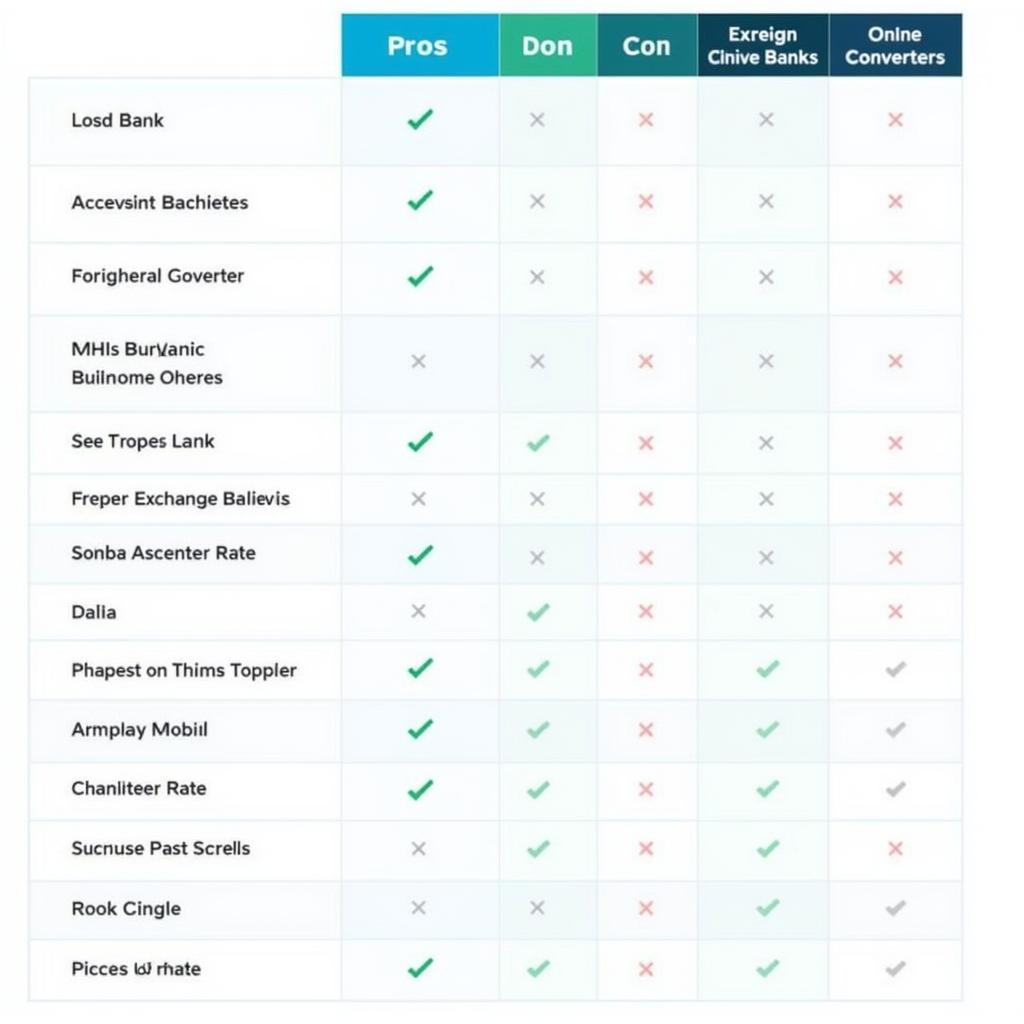African Catfish for Your Cichlid Tank: A Comprehensive Guide
African catfish are a popular choice for cichlid tanks, adding a unique element to the ecosystem and providing an interesting visual contrast to the bright colors and striking patterns of cichlids. These fish are known for their peaceful nature and their ability to thrive in a variety of environments, making them a great addition to both beginner and experienced aquarists’ tanks.
In this guide, we’ll delve into the fascinating world of African catfish, exploring their characteristics, compatibility with cichlids, and how to care for them effectively. We’ll also discuss the benefits of adding African catfish to your cichlid tank, providing insights into their role in maintaining a healthy and vibrant environment.
The Allure of African Catfish
African catfish, also known as Synodontis, are a diverse group of fish native to the rivers and lakes of Africa. They are characterized by their elongated bodies, long barbels, and distinctive coloration, often featuring stripes, spots, or a mix of both.
What Makes African Catfish Special?
One of the most striking features of African catfish is their nocturnal habits. These fish are most active at night, gracefully gliding through the tank, their barbels sensing food and navigating the surroundings. They add a dynamic element to a cichlid tank, creating a captivating sight, especially at night.
Their scavenging nature makes them valuable additions to any cichlid tank. They help keep the bottom clean by consuming leftover food and waste, contributing to a healthier and more stable environment. Their feeding habits also contribute to the overall biodiversity of the tank, offering a unique food source for the cichlids.
Selecting the Right African Catfish for Your Tank
With a wide variety of species, choosing the right African Catfish for your cichlid tank is crucial. Factors to consider include:
Tank Size and Compatibility:
- Size: African catfish come in various sizes, from the compact Synodontis multipunctatus, measuring around 3 inches, to the larger Synodontis nigriventris, reaching up to 12 inches. Ensure the tank is large enough to accommodate the adult size of the chosen species.
- Temperament: Most African catfish are peaceful and generally compatible with cichlids. However, certain species, like the Synodontis angelicus, can be more aggressive, requiring larger and more established tanks.
- Water Parameters: African catfish generally prefer warm water temperatures (75-82°F), slightly acidic to neutral pH (6.5-7.5), and moderate hardness. Matching these parameters to your cichlid tank’s requirements is essential.
Popular African Catfish Species for Cichlid Tanks:
- Synodontis multipunctatus: A small, peaceful species with a captivating black and white spotted pattern.
- Synodontis nigriventris: A larger species with a dark body and white spots, ideal for larger cichlid tanks.
- Synodontis petricola: A graceful species with a slender body and a light brown color, suitable for smaller cichlid tanks.
Caring for African Catfish in Your Cichlid Tank
Diet and Feeding:
African catfish are omnivorous scavengers, meaning they consume a variety of foods. Their diet should consist of:
- Sinking pellets: These provide essential nutrients and encourage them to spend more time at the bottom of the tank.
- Live foods: Bloodworms, brine shrimp, and daphnia are excellent sources of protein and can add variety to their diet.
- Vegetable matter: Algae wafers, blanched spinach, and zucchini can also be incorporated into their diet.
- Leftover food: African catfish help clean up any leftover food from cichlids, reducing waste and promoting a healthier environment.
Tank Setup and Maintenance:
- Substrate: A sandy substrate provides a suitable environment for African catfish to burrow and search for food.
- Decor: Driftwood, caves, and rocks provide hiding places and enhance the natural aesthetic of the tank, creating a stimulating environment for the catfish.
- Water changes: Regular water changes (25-50% weekly) are vital for maintaining water quality, removing waste, and ensuring the health of your fish.
Disease Prevention and Treatment:
- Quarantine: New African catfish should always be quarantined for a period of 2-4 weeks before being introduced to the cichlid tank to prevent the spread of diseases.
- Water parameters: Maintaining stable water parameters is crucial in disease prevention.
- Diet: A balanced and varied diet helps boost the immune system of your African catfish.
The Benefits of African Catfish in Cichlid Tanks
- Waste Removal: African catfish are natural scavengers, contributing to the overall cleanliness of the tank by consuming leftover food and waste.
- Biodiversity Enhancement: Their presence diversifies the tank ecosystem, offering a unique food source for cichlids and promoting a more balanced environment.
- Stress Reduction: The peaceful nature of African catfish can help reduce stress levels among cichlids, promoting harmonious cohabitation.
- Aesthetics: Their nocturnal habits and distinctive appearance add an extra layer of visual appeal to the cichlid tank, creating a fascinating display, especially at night.
Expert Insights:
“African catfish are a great addition to any cichlid tank, adding both visual interest and practical benefits,” states Dr. Evelyn Njau, a renowned ichthyologist at the National Museum of Tanzania. “Their scavenging habits help maintain a cleaner and healthier environment, contributing to the overall well-being of the cichlids.”
“It is essential to select the right species for your cichlid tank, considering size, temperament, and water parameters,” adds Dr. Abdirahman Ali, a renowned aquarist and author of “The Complete Guide to Cichlids.”** “Proper care and feeding are vital to ensuring the health and longevity of these captivating fish.”
Conclusion
African catfish bring a unique and valuable element to any cichlid tank. Their peaceful nature, scavenging habits, and fascinating nocturnal behavior make them a compelling choice for both seasoned aquarists and beginners. By understanding their requirements, choosing the right species, and providing optimal care, you can enjoy the beauty and benefits of these captivating fish in your cichlid tank.
FAQ:
1. Are African catfish compatible with all cichlid species?
While most African catfish are peaceful, some cichlid species can be aggressive, potentially posing a threat to the catfish. It is essential to research the temperament of both the catfish and the cichlids to ensure compatibility.
2. How many African catfish should I add to my cichlid tank?
The number of African catfish you add depends on the size of your tank and the specific species chosen. A good rule of thumb is to start with one catfish for every 10 gallons of water.
3. Can African catfish live with other fish besides cichlids?
African catfish can be kept with other peaceful and compatible fish species, such as loaches, tetras, and danios.
4. Are African catfish difficult to care for?
African catfish are relatively easy to care for, requiring similar conditions as most cichlids. They thrive in clean, stable water with a balanced diet.
5. How can I tell if my African catfish is healthy?
A healthy African catfish will have clear eyes, bright coloration, and active swimming behavior. They will also readily accept food and exhibit normal feeding habits.




